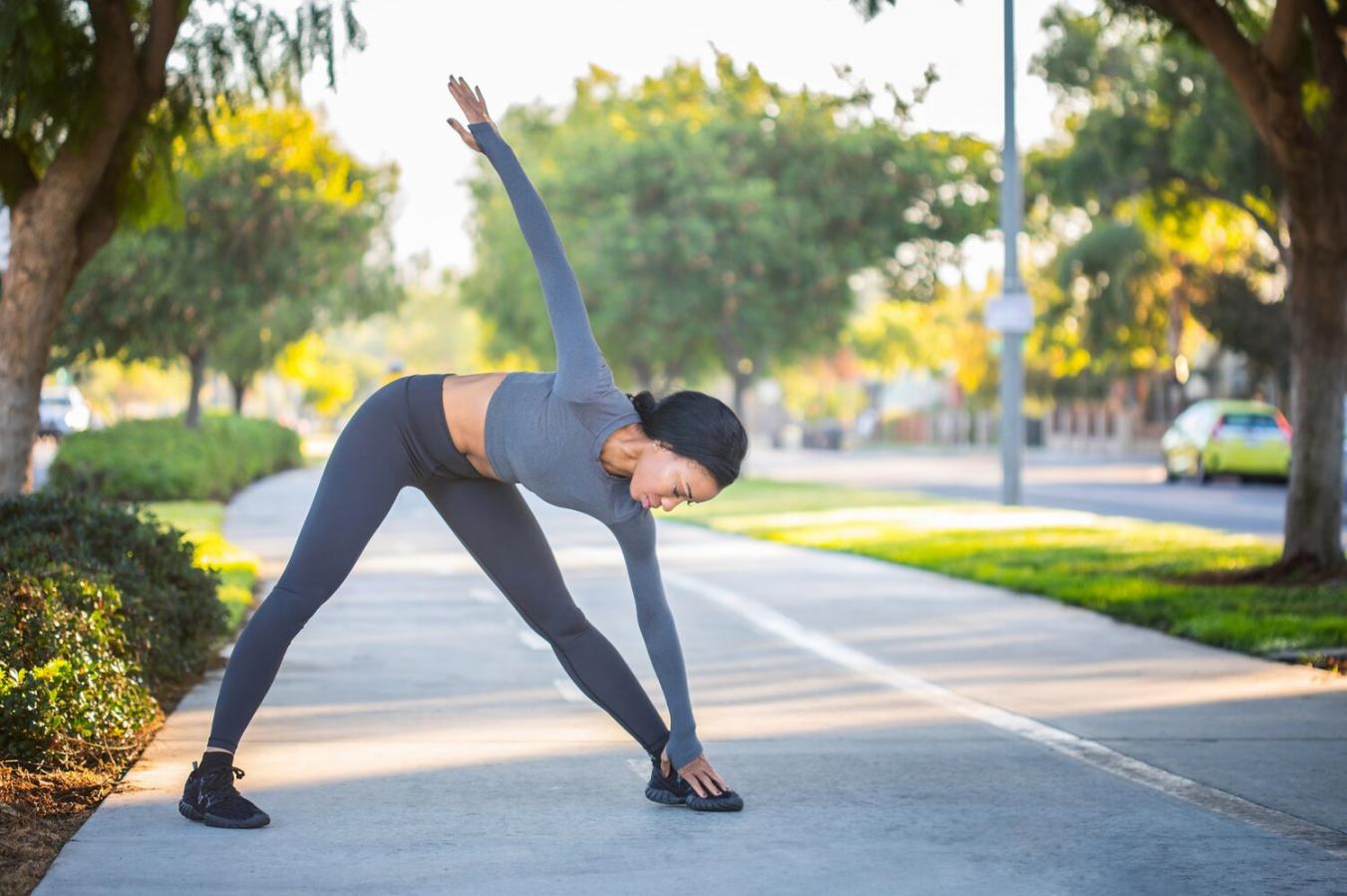How Many Calories Does Stretching Burn?
Stretching is a great way to increase your flexibility and prepare for an upcoming activity. Although it requires many movements, stretching burns relatively few calories.
This article will discuss different types of stretching and their effects on weight loss. In addition, we'll discuss how to do stretching before and after a workout.
Read on to learn more about this weight-loss tool and how many calories various types of stretching can help you burn.
Static stretching
While there are differences between the different types of stretching exercises, both static and dynamic varieties burn calories. Each stretching workout varies in intensity, and the MET value of the activity used to calculate the calories burned can be different from source to source. If you want to know exactly how much you burn while static stretching, follow these guidelines:
Static stretches are performed by holding a fixed pose for at least 60 seconds. Some require contracting the muscle, while others simply require holding a pose for a period of time. Passive stretching can help decrease muscle tension, soreness, and rejuvenation. Examples of passive static stretches include: Child's Pose, Runners Lunge, and Cross Body Arm Stretch. Static stretching should be part of a pre and post-workout routine.
The key difference between static and dynamic stretching is the type of movement involved. Dynamic stretching uses momentum to move muscles in and out of position. This type of stretching is best performed before a workout or physical activity, as it warms up the muscles. It is also better for athletes than non-athletes because it allows you to warm up muscles without straining your body. However, the same benefits apply to both types of stretching.
PNF stretching
Amongst the various types of stretching, PNF is the best when it comes to flexibility. This is because it requires contraction of the muscle and full extension of the limb, triggering the Myotatic reflex, which in turn signals the spinal cord to relax the muscle. Two common examples of PNF stretching are the Low Crescent Lunge and Half Monkey Pose. Both require contraction and full extension of the body muscles.
PNF stretches are generally performed in a warm-up phase, which is important to prevent injury from cold muscles. PNF is a great way to increase range of motion after working out and is often done after a workout. This technique is very effective for improving flexibility and range of motion and should be performed three times on a target muscle group. While a single session of PNF stretching is effective for improving range of motion, many athletes find the technique to be helpful in recovery.
Stretching before a workout
Stretching before a workout burns calories. The amount of calories burned varies between different types of stretches, though. Some are active and burn more calories, while others are less intense and do not produce the same result. Ten minutes of stretching can burn forty-one calories. Here are some examples. Read on for some ways to incorporate stretching into your workout. Listed below are some ways to incorporate stretching before a workout.
The benefits of stretching before a workout are many. The stretches improve range of motion and flexibility and help prevent injury. For those who don't have the time to exercise, you can add short bursts of cardio like high knees or mountain climbers. This will increase your heart rate and burn more calories. Stretching also helps you relax and feel better. If you're looking to burn fat and build muscle, make sure to include stretching in your workout routine.
Stretching as a weight-loss tool
There are many benefits to using stretching as a weight-loss tool. It improves body function and burns calories efficiently. It can also lower tension in the muscles and joints, reduces injuries, and improves mood. While stretching is not a magical solution, it can play an important role in your health journey.
When performing stretches, you're burning calories and increasing your range of motion, which is a key part of any workout. It also improves overall health and helps with your weight management. It's a proven way to lose weight for anyone, and can be a beneficial part of your fitness routine. If you're overweight or obese, try incorporating stretches into your daily routine.


